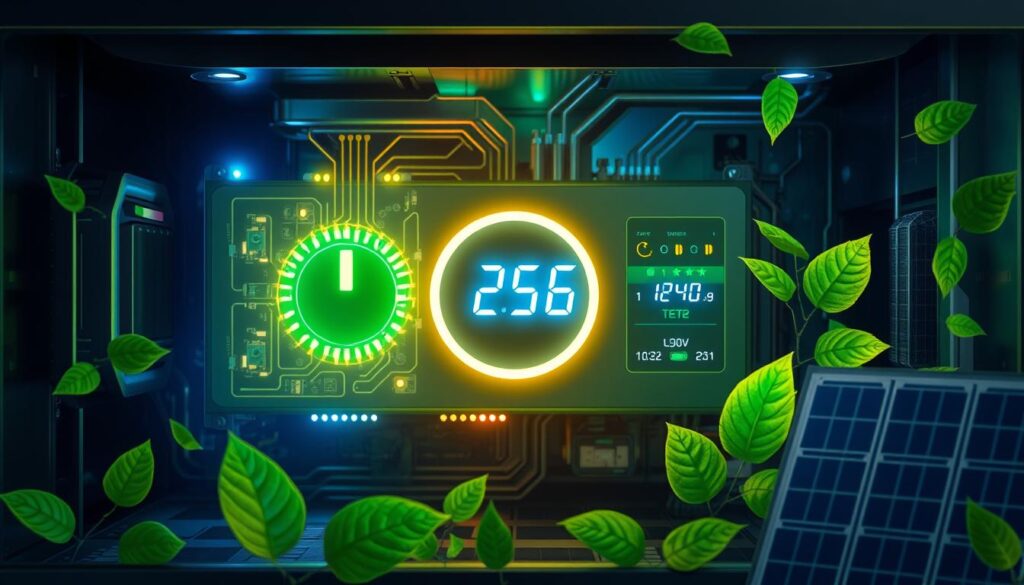Solar inverters are sophisticated electronic devices that can be affected by various environmental factors and operating conditions. Over time, they may experience issues such as overheating, component performance degradation, or firmware failures. These issues can lead to reduced power generation, system downtime, and if not maintained, can even result in complete system failure. Why is solar inverter maintenance important? Regular maintenance allows you to identify and resolve potential issues before they escalate into significant problems.
By routinely inspecting the inverter, you can detect early signs of wear, loose connections, or other anomalies that may affect its performance. Addressing these issues promptly can prevent costly failures and repairs, saving you time and money in the long run. When should solar inverter maintenance be performed? The frequency of solar inverter maintenance largely depends on factors such as climate, system size, and manufacturer recommendations. Generally, it is recommended to conduct routine maintenance at least once every six months. Maintenance checks should be scheduled immediately after extreme weather events or if any anomalies in system performance are detected. Are there specific signs indicating the need for maintenance? Yes, there are several signs that your solar inverter requires maintenance. These signs include unusual noises (such as buzzing or clicking), abnormal fluctuations in power generation, or error messages displayed on the inverter interface. 8 Tips for Maintaining Solar Inverters:1. Regular visual inspection frequency: Monthly check content: Inspect the inverter for any physical damage, such as cracks or corrosion. Ensure there are no debris and obstructions around the inverter. Check for any signs of moisture or water accumulation, as this can damage electrical components.
2. Cleaning inverter frequency: Quarterly how to clean: Wipe the exterior of the inverter with a soft dry cloth. Avoid applying water or cleaning agents directly onto the inverter. Ensure that the vents are not blocked by dust or debris, which could lead to overheating.
3. Monitoring performance indicators frequency: Monthly monitoring content: Check the output voltage, current, and energy production performance indicators of the inverter’s display or monitoring application. Look for any error codes or warning messages that may indicate issues needing attention.
4. Checking connections and wiring frequency: Semi-annual check content: Inspect all electrical connections for signs of wear, corrosion, or looseness. Ensure that all wires are intact, undamaged, and well-insulated. If necessary, tighten all loose connections (please make sure the system is turned off before performing this operation).
5. Ensuring proper ventilation frequency: Ongoing what to do: Ensure that the inverter is installed in a well-ventilated area to prevent overheating.
Avoid placing objects that obstruct airflow on or near the inverter.
6. Firmware Update Frequency: Annually or as needed
How to update: Check the manufacturer’s website for any available firmware updates. Follow the manufacturer’s instructions to download and install updates to improve efficiency and safety.7. Professional Inspection Frequency: Annually
What is included: Hire a certified technician to conduct a thorough inspection of the inverter and the entire solar system. This inspection includes checking internal components, testing performance, and assessing the overall health of the system.8. Record Keeping: What to record: Maintain a log of all inspections, cleanings, repairs, and any issues encountered. Keeping records helps monitor the system’s long-term performance and is useful for warranty claims.
Other Tips: Safety First: Always prioritize safety. Ensure the inverter is turned off before performing any maintenance tasks.
Manufacturer’s Manual: For specific maintenance guidelines and safety warnings for your model, refer to the inverter’s user manual. Warranty Considerations: Understand warranty terms; some warranty conditions may require regular professional maintenance to remain valid.Solar Panel and Inverter Maintenance: Maintaining your solar panels and solar inverters are inseparable. The proper maintenance of a solar system depends on the health of the solar inverter. This makes the maintenance, upkeep, and repair of the inverter a routine task. If the inverter is not functioning properly, the direct current (DC) generated by the solar panels cannot be converted into the alternating current (AC) needed for home power supply. Ensuring the inverter operates correctly is crucial for the overall efficiency of the solar system.
Use Shielden High-Quality Solar Inverters: Shielden is suitable for top-tier solar inverters. These products undergo strict inspections before leaving the factory to ensure unparalleled reliability and performance. With our commitment to quality, we provide a comprehensive 10-year warranty for each inverter, giving you peace of mind when harnessing solar energy.
